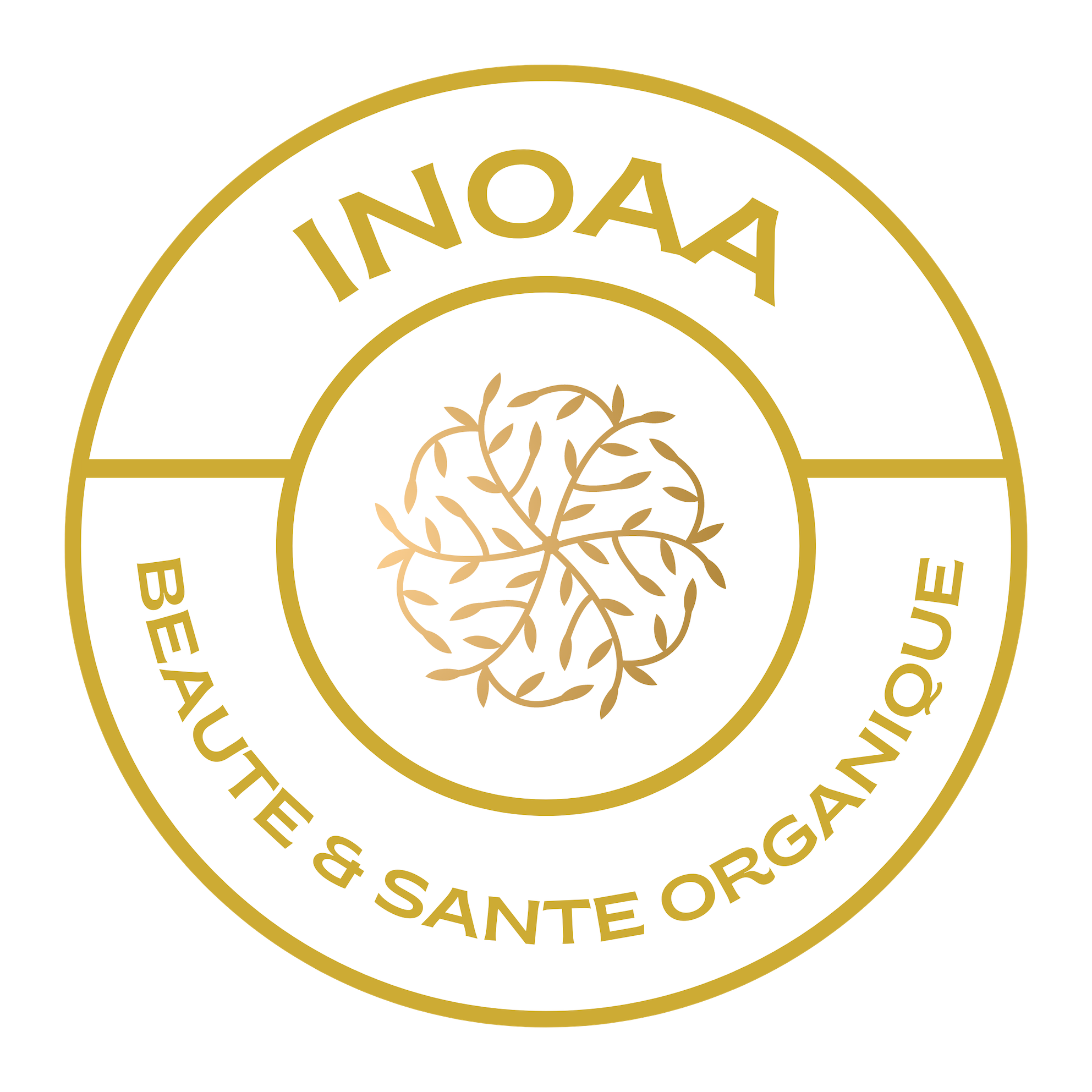INCI “Not great” in all categories.
- Origin(s): Synthetic
- INCI name: PEG-100 STEARATE
- Comedogenic potential (pc): 1
- Classification: PEG/PPG , Ethoxylated compound , Glycol , Synthetic polymer , Nonionic surfactant
TO KNOW
PEG-100 Stearate is an ester of Polyethylene Glycol and stearic acid. The origin of this synthetic ingredient is therefore a plastic material. It is mainly used in cosmetics as an emulsifier, emollient and surfactant. It appears in the form of a soft white to beige solid. In addition to its cleaning capabilities, it gives products a velvety texture.
Due to its polluting manufacturing by ethoxylation, PEGs and their derivatives are prohibited in organic production.
In a study published in the journal Toxicology in 2005 and entitled "Safety assessment of polyethylene glycols (PEG) and their derivatives in cosmetic products", it was concluded that: "Taking into account all available information from compounds related, Based on the available data, it is therefore concluded that PEGs of a wide range of molecular weights (200 to over 10,000), their ethers (laureth, ceteth, ceteareth, steareth and oleth) and esters of "Fatty acids (laurate, dilaurate, stearate, distearate) are safe for cosmetics ."
However, according to other studies in the same journal, it is also mentioned that PEGs can contain impurities harmful to health including ethylene oxide, 1,4 dioxane, iron, hydrocarbons polycyclic aromatics (PAHs) or even arsenic. It is advisable to avoid this type of ingredient if you have sensitive skin.
Due to its polluting manufacturing by ethoxylation, PEGs and their derivatives are prohibited in organic production.
In a study published in the journal Toxicology in 2005 and entitled "Safety assessment of polyethylene glycols (PEG) and their derivatives in cosmetic products", it was concluded that: "Taking into account all available information from compounds related, Based on the available data, it is therefore concluded that PEGs of a wide range of molecular weights (200 to over 10,000), their ethers (laureth, ceteth, ceteareth, steareth and oleth) and esters of "Fatty acids (laurate, dilaurate, stearate, distearate) are safe for cosmetics ."
Its functions (INCI)
- Surfactant: Reduces the surface tension of cosmetics and contributes to the uniform distribution of the product during use
This ingredient is present in 3.84% of cosmetics.





